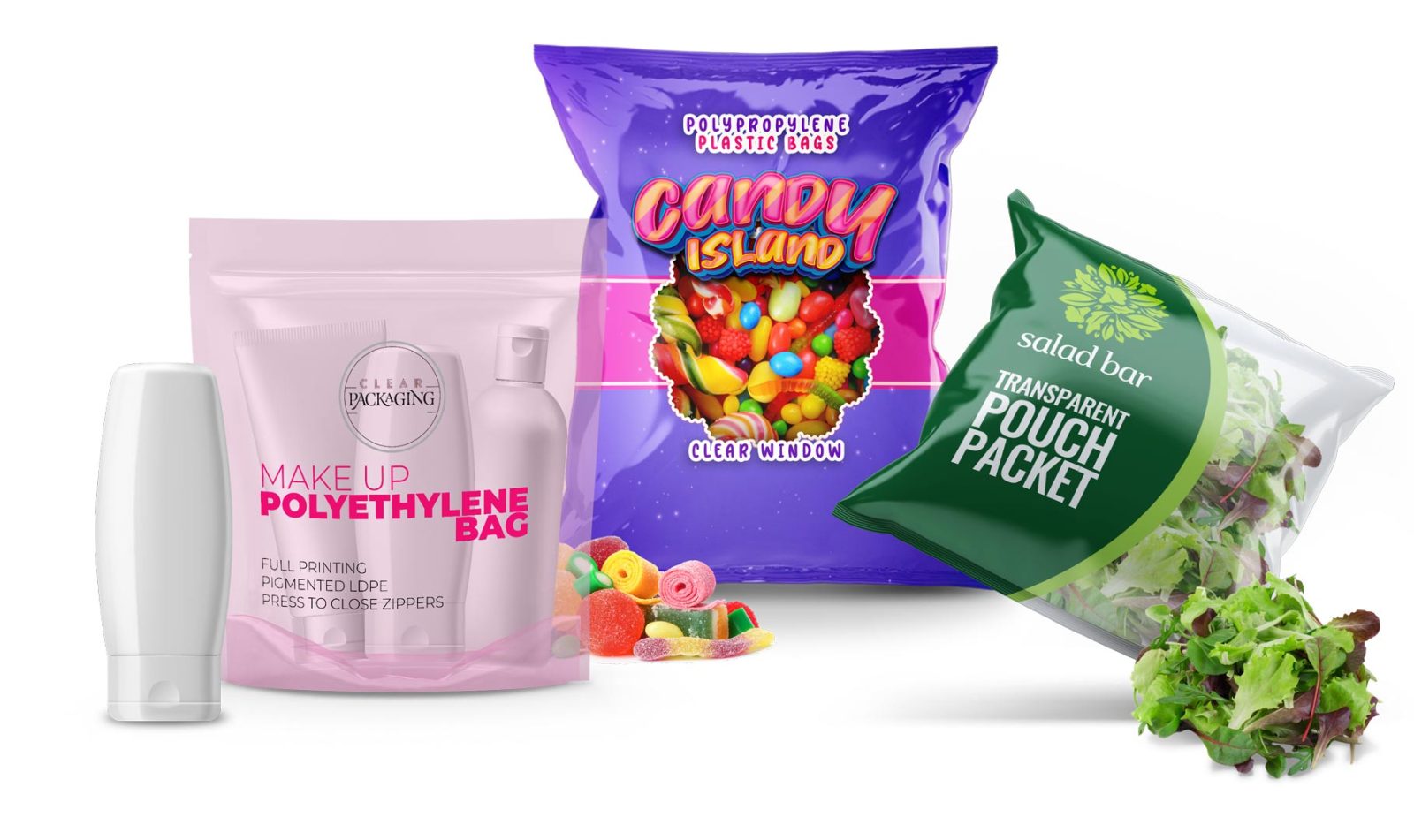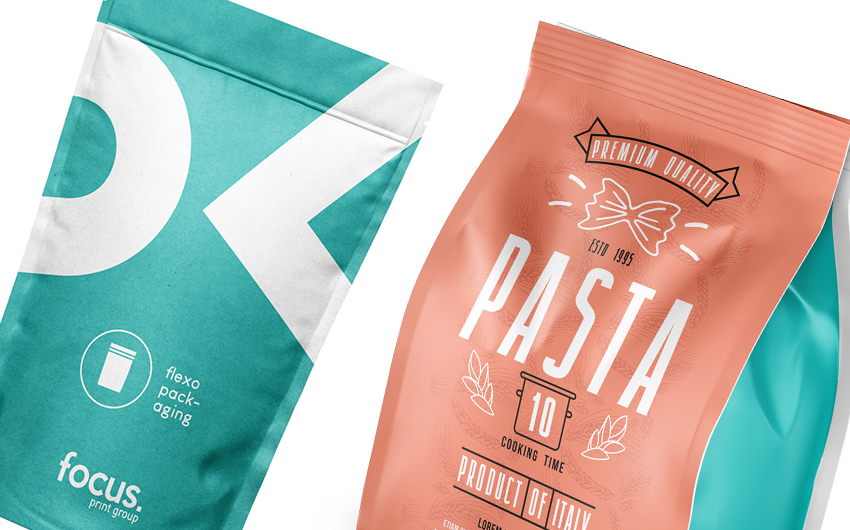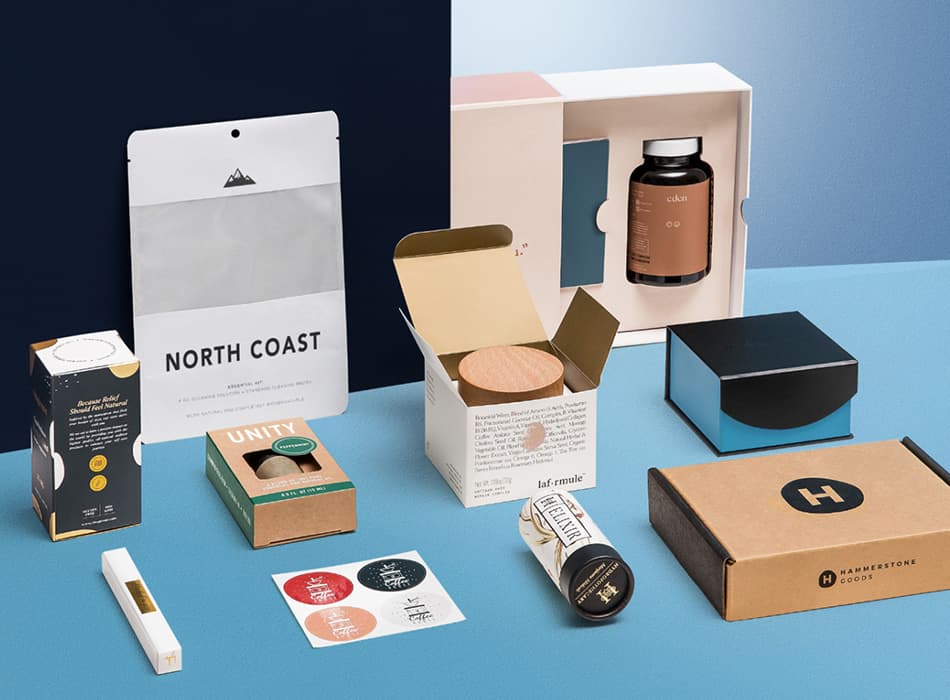In today’s rapidly evolving food industry, the role of inks for innovative food packaging has become increasingly significant. As marketing professionals, understanding the nuances of these inks can help in crafting effective branding strategies that resonate with consumers and ensure product safety. This article delves into the various facets of inks used in food packaging, their importance, and how they can be leveraged for successful marketing campaigns.

The Importance of Inks in Food Packaging
The use of inks in food packaging is not just about aesthetics; it involves a complex interplay of factors such as safety, sustainability, and functionality. With consumers becoming more conscious about the materials in contact with their food, the demand for safe and innovative packaging inks has soared.
Ensuring Safety and Compliance
Safety is paramount when it comes to food packaging. It is crucial to ensure that the inks used do not contaminate the food. The [European Union](https://www.kaocollins.com/inktank/food-grade-ink-regulation/) and other regulatory bodies have stringent guidelines governing the use of inks in food packaging to protect consumer health. As a marketing professional, it’s important to highlight these compliance measures in your campaigns to build consumer trust.
Sustainability: A Growing Concern
With the increasing awareness of environmental issues, there is a significant shift towards using sustainable inks for food packaging. These inks are formulated using renewable resources and are designed to minimize environmental impact. Marketing campaigns that emphasize sustainability can attract eco-conscious consumers and enhance brand reputation.
Types of Inks Used in Food Packaging
Understanding the different types of inks available for food packaging can aid in making informed decisions that align with brand values and consumer expectations.
Water-Based Inks
Water-based inks are popular due to their low environmental impact. They are free from volatile organic compounds (VOCs), making them a safe choice for food packaging applications. These inks are ideal for printing on paper-based packaging materials, which are widely used in the food industry.
UV-Curable Inks
UV-curable inks offer excellent print quality and durability. They are cured using ultraviolet light, which makes them fast-drying and suitable for high-speed printing processes. These inks are often used for packaging that requires high resistance to abrasion and fading.
Soy-Based Inks
Soy-based inks are derived from soybeans and are an eco-friendly alternative to traditional petroleum-based inks. They offer vibrant colors and are biodegradable, making them a popular choice for brands focused on sustainability.
Innovative Trends in Food Packaging Inks
Innovation in the field of food packaging inks is driven by the need to enhance consumer experience and meet regulatory requirements.
Smart Inks
Smart inks are at the forefront of packaging innovation. These inks can change color based on temperature or other environmental conditions, providing consumers with valuable information about the product’s freshness or safety.
Biodegradable Inks
Biodegradable inks are designed to break down naturally, reducing the environmental impact of packaging waste. This innovation aligns with the growing trend of sustainability and can be a compelling selling point in marketing campaigns.
Antimicrobial Inks
Antimicrobial inks contain agents that inhibit the growth of bacteria and other microbes on the packaging surface. This feature is particularly important for food packaging, as it helps in maintaining the hygiene and safety of the product.
Marketing Strategies for Innovative Food Packaging
As a marketing professional, leveraging the unique features of inks for innovative food packaging can enhance brand visibility and consumer engagement.
Highlighting Safety and Compliance
Emphasizing the safety and compliance of your packaging inks in marketing materials can build consumer trust and loyalty. Consider collaborating with regulatory bodies to obtain certifications that can be showcased in your campaigns.
Promoting Sustainability
Incorporating sustainability into your brand story can resonate with eco-conscious consumers. Highlight the use of biodegradable and renewable inks in your packaging to differentiate your brand from competitors.
Utilizing Smart Packaging
Smart packaging that incorporates innovative inks can provide interactive experiences for consumers. Consider using QR codes or other digital elements that can be printed with smart inks to engage consumers and offer additional information about your products.
Future Outlook
The future of inks for food packaging is promising, with ongoing research and development aimed at enhancing functionality and sustainability. As technology advances, we can expect to see more innovative solutions that cater to the evolving needs of consumers and brands alike.
Conclusion
Inks for innovative food packaging play a vital role in shaping consumer perceptions and ensuring product safety. By understanding the various types of inks and their benefits, marketing professionals can craft compelling strategies that align with consumer values and drive brand success.

FAQ
What are the benefits of using water-based inks in food packaging?
Water-based inks are environmentally friendly and free from harmful VOCs. They provide good print quality and are safe for use in food packaging.
How can smart inks enhance consumer experience?
Smart inks can provide real-time information about product freshness or safety, enhancing consumer trust and engagement with the brand.
Why is sustainability important in food packaging inks?
Sustainability is crucial as it reduces the environmental impact of packaging waste. Using sustainable inks can attract eco-conscious consumers and improve brand reputation.
For more detailed insights, you can explore [food-safe inks](https://newprintingera.com/choosing-food-safe-inks-for-brands/) and [eco certifications](https://newprintingera.com/eco-certifications-for-food-packaging-inks/) to understand how these aspects impact your brand’s marketing strategies.
This article contains affiliate links. We may earn a commission at no extra cost to you.






